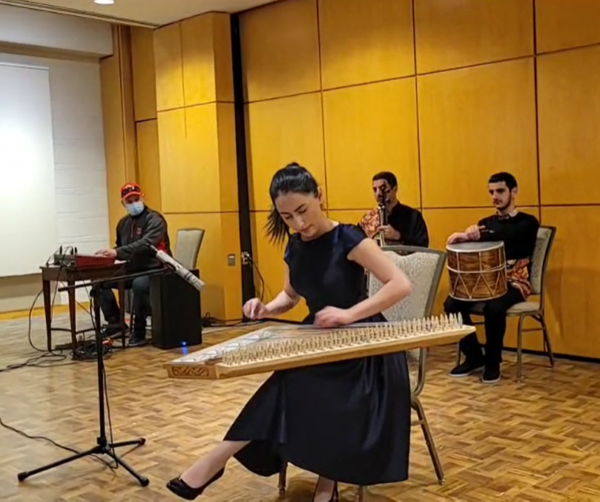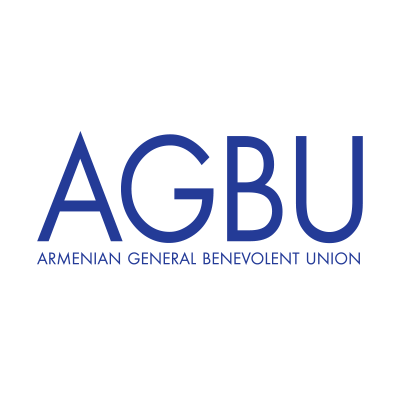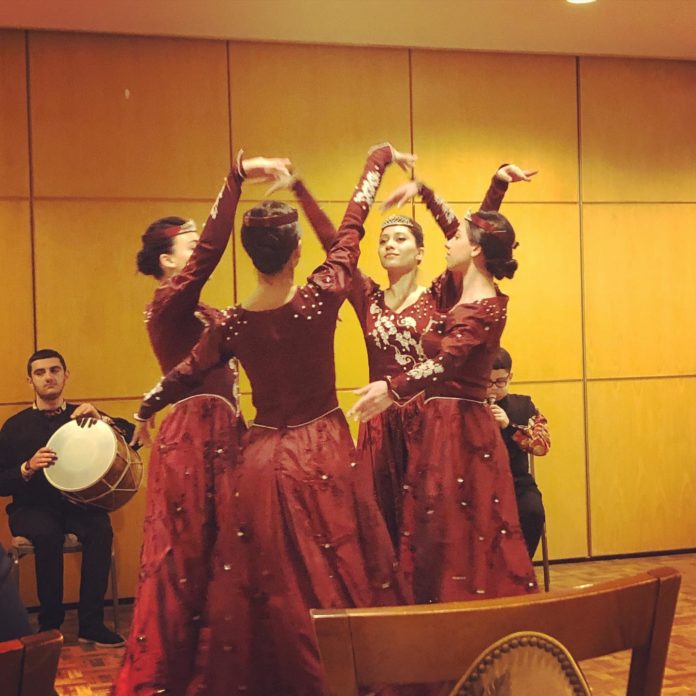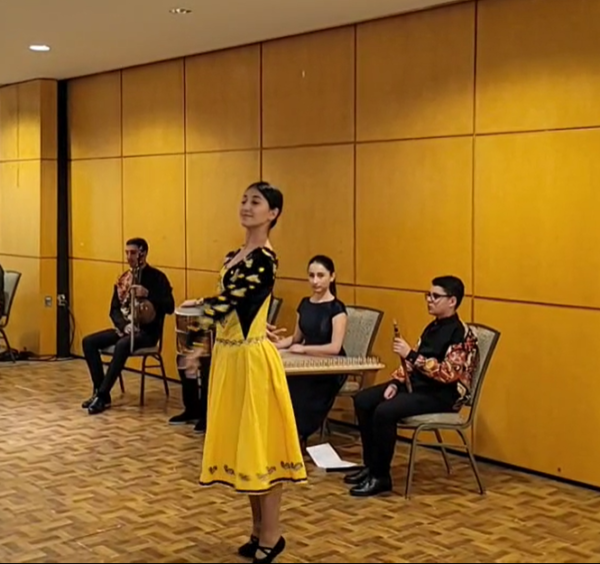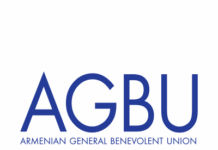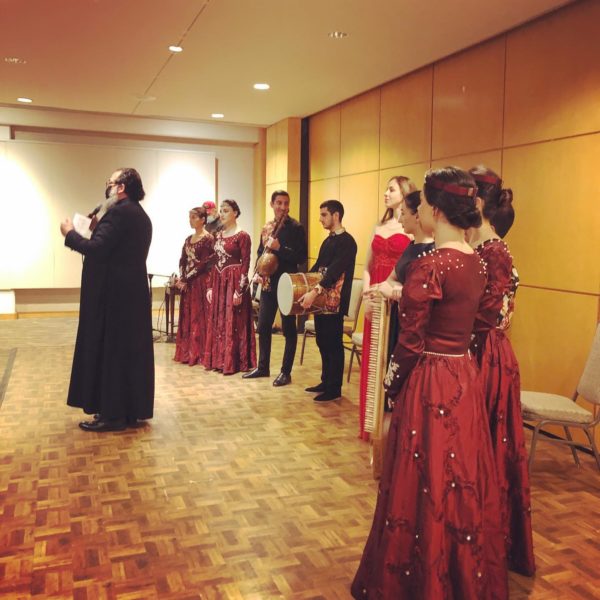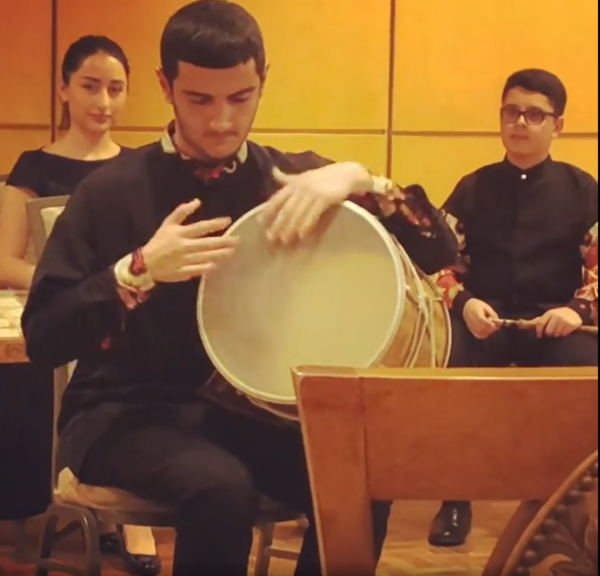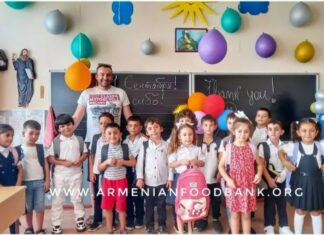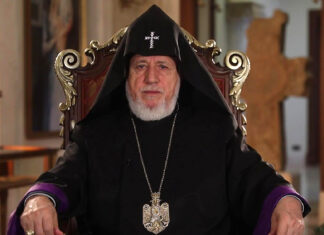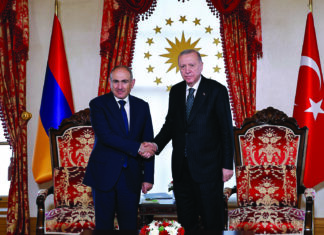SOUTHFIELD, Mich. — On Tuesday, February 8, a group of devotees of Armenian culture ventured out in the snow and cold to St. John’s Armenian Church, to attend a performance about which they knew little.
Local Armenians had received an email only the previous day telling them that there would be an “unexpected visit” by the “Nairi Folk Dance Music Ensemble.” A few had already heard rumors about the group’s visit after having seen Facebook streams of their performances in Florida and elsewhere, but it’s safe to say few locally had heard of the group.
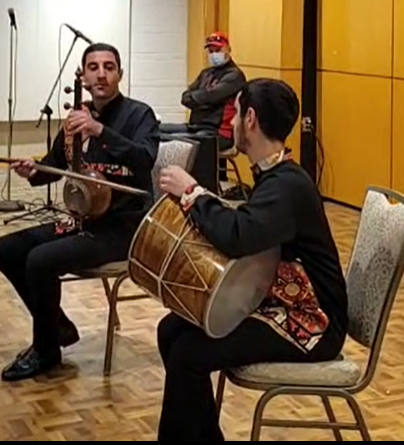
Despite this fact, and despite the fact that St. John’s is undergoing renovations and the performance had to take place in a small auxiliary hall rather than on the main ballroom stage, and despite the weather, the Armenians came out of the woodwork to see the representatives of Armenia’s song and dance culture.
The crowd were skeptical but that skepticism vanished almost immediately once the talented young performers started.
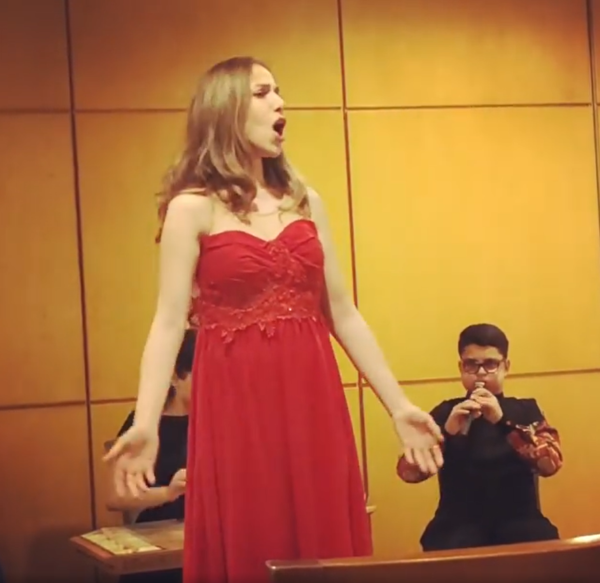
The program began with a lively performance by the graceful dancers Nazeli Aslanyan, Gayane Varderesyan, Adriana Avanesyan, and Meri Arakelyan, to the music of Ara Gevorgyan’s Artashat. While it was relatively easy to grab the crowd’s interest with anything that involved Gevorgyan’s upbeat, hand-clapping music, it remained to be seen whether an entire evening’s worth of performances would hold up.
The four dancers departed and four musicians entered carrying their instruments: kamancha, kanon, dhol and duduk. The strains of Sayat-Nova’s Nazani began, and the crowd began to realize that they were in the presence of real talent. Without background music, without a large orchestra of folk instruments, the four musicians playing acoustical instruments were able to create the sound and feel of traditional Armenian ashughagan (minstrel) and folk music.
